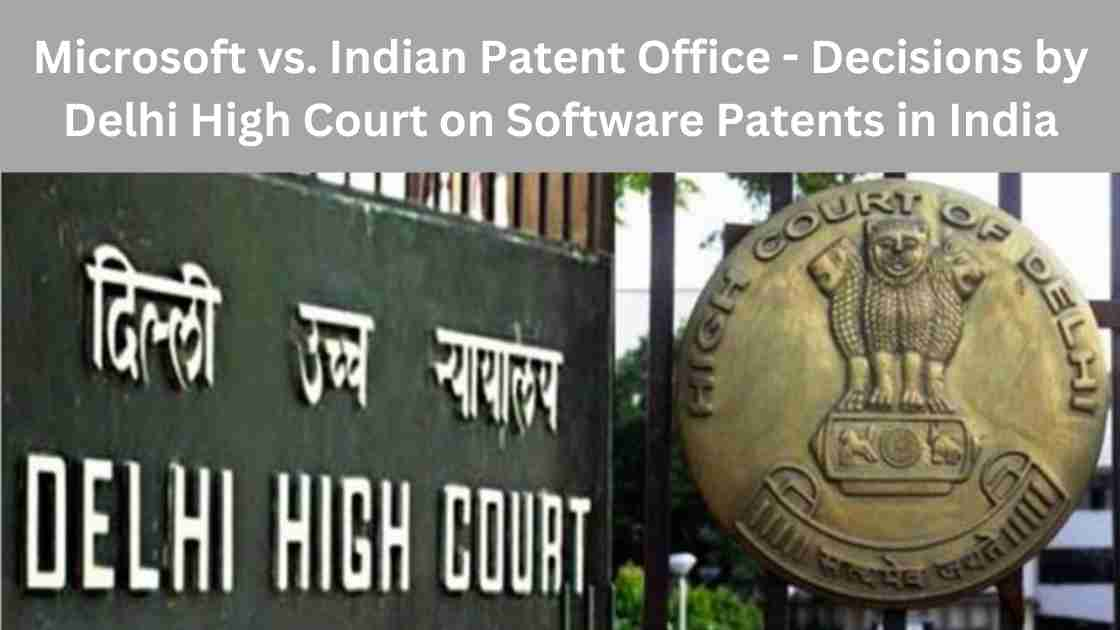Category: Intellectual Property Law

Branded Medicines vs. Generic Medicines: The Role of Patents
In the pharmaceutical industry, the distinction between branded and generic medicines is an essential one. Understanding this distinction is crucial not just for medical professionals and patients, but for legal practitioners who navigate the complex world of pharmaceutical patents. This article seeks to provide a clear overview of branded and generic medicines and the role played by patents in their development and distribution. 1. Branded Medicines: What are they? Branded medicines, also known as innovator drugs or proprietary medicines, are developed by pharmaceutical companies after extensive research and clinical testing. Once a new medicine is created, the manufacturing company seeks approval from the relevant regulatory body (like the FDA in the United States) to sell the drug. Upon approval, the medicine is given a brand name under which it is marketed. 2. The Role of Patents Patents play a central role in the world of branded medicines. A patent grants…

Microsoft vs. Indian Patent Office – Decisions by Delhi High Court on Software Patents in India
The part of this series focuses on the two recent judgments of the Delhi High Court passed in the statutory appeals filed by one of the leading technology giants Microsoft in the matters of Microsoft Technology Licensing, LLC v. The Assistant Controller of Patents & Designs[i], and Microsoft Technology Licensing LLC v. Assistant Controller of Patents and Designs[ii]. These judgments pertain to statutory appeals against refusal of a grant of patent applications, whereby the Delhi High Court has recommended the Indian Patent Office to adopt a broader strategy in appraising computer-related inventions. Such inventions are to be examined from the standpoint of their technical improvements and their functional significance in addressing concrete issues brought forth by such creations. The judgments provide an opportunity to revisit the concepts embodied under Section 3(k) of the Patents Act, 1970. Brief Facts: 1. Microsoft Technology Licensing, LLC v. The Assistant Controller of Patents &…

Understanding Copyrights & Cover Versions: A Detailed Exploration
Introduction The world of music is vast and filled with creativity, with musicians often drawing inspiration from others. This can lead to the creation of cover versions of original songs, a widespread and popular practice in the music industry. But how do copyrights interact with cover versions? What all safeguards an artist needs to take for developing a cover version? To understand this, one must delve into the intricacies of copyright law and its implications for cover versions. Definition of Cover Versions As per Section 31C of the Copyrights Act, 1957, a cover version, subject to the provisions of the said Section, is a sound recording in respect of any literary, dramatic or musical work, where sound recordings of that work have been made by or with the licence or consent of the owner of the right in the work. In one of the first matters pertaining to label records,…

Apple’s Entry Into The Metaverse: Unpacking The Patents Behind Vision Pro VR Headset
Apple Inc., a global leader in technology and innovation, is making significant strides in the realm of virtual reality (VR) with its much-anticipated Vision Pro VR headsets. The company's patents reveal a fascinating glimpse into the future of immersive technology, promising a revolutionary user experience that could redefine the VR landscape. A New Era of Immersive Experience One of the most intriguing patents held by Apple is Patent 11,450,297. This patent relates to a mixed reality headset with three internal displays. The design aims to enhance user immersion by covering the user's peripheral vision with two lower resolution "peripheral displays" on both the right and left side of the central display area. This innovative approach addresses a common limitation in current VR headsets, where the user's peripheral vision is often neglected, detracting from the immersive nature of the VR experience. Beyond the Remote: A New Controller Paradigm Another intriguing patent…

Virtual Reality Headsets: A Deep Dive into Meta’s Patented Technologies
Virtual Reality (VR) has been a game-changer in the tech world, and Meta, formerly known as Facebook, is at the forefront of this revolution. The company has been investing heavily in VR, and their patents provide a glimpse into the future of this technology. This blog post will delve into some of the most talked-about patents owned by Meta in the field of VR headsets. Meta's VR Headset Design Meta's first patent, USD701206S1, is a design patent for a VR headset. This patent showcases the sleek and modern design of the headset, which is a crucial aspect of user experience. The design is not only aesthetically pleasing but also ergonomic, ensuring user comfort during extended use. Enhancing User Interaction in a 3D Virtual Environment The patent US10303323 focuses on facilitating user interaction with a three-dimensional virtual environment. This technology allows users to interact with the VR environment in a more…

Understanding the Requirements for Composition Patents under Indian Patent Law
Composition patents are critical in industries such as pharmaceuticals, chemicals,…

Non-Patentable Subject Matter Under Section 3 of the Indian Patents Act, 1970
The Indian Patents Act, 1970, outlines the framework for granting…

Microsoft vs. Indian Patent Office – Decisions by Delhi High Court on Software Patents in India
The part of this series focuses on the…

Case in Point: Sun Pharma Ltd vs. DWD Pharma Ltd
Case in Point is a new series where…
Categories
Recent Discussions
Recent FAQs Published by the Indian Patent Office on Form 27
The Indian Patent Office recently released a comprehensive FAQ document regarding Form 27, aimed at clarifying the requirements and procedures for patentees and…
Recent Discussions
A Comprehensive Guide to Patent Searches: Types, Examples, and When to Use Them
Patent searches are a crucial aspect of the patenting process. Whether you're an inventor, entrepreneur, or a legal professional, understanding the different types…
